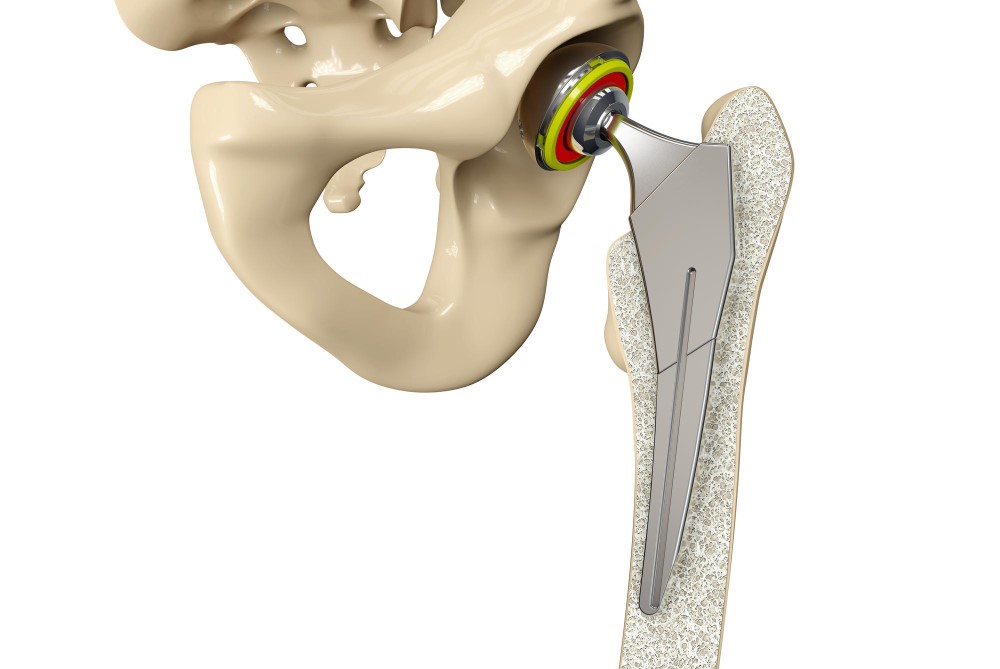Introduction
Total hip replacement is a common surgery. Doctors use it to treat severe hip pain and damage. During this procedure, the damaged hip joint is replaced with an artificial one. Many people choose total hip replacement when other treatments do not help. This surgery can improve movement and reduce pain. In fact, it is one of the most effective hip pain treatments. If you are considering orthopedic surgery for hips, this guide will help you understand what to expect.
Symptoms and Conditions Leading to Total Hip Replacement
Many people experience hip pain that limits daily activities. Sometimes, pain can make it hard to walk, climb stairs, or even rest. Common symptoms that may lead to total hip replacement include:
Often, these symptoms are caused by conditions like osteoarthritis, rheumatoid arthritis, or injury. If you notice these signs, it may be time to talk to a doctor about hip pain treatment options.
Causes and Risk Factors
Several factors can lead to hip joint damage. Most often, wear and tear from aging causes the problem. However, other causes include:
Some people have a higher risk of needing total hip replacement. For example, older adults, people with a family history of joint problems, or those who are overweight face higher risks. In addition, certain jobs or sports that stress the hips can increase the chance of damage.
Diagnosis and Evaluation Process
Doctors use several steps to decide if you need total hip replacement surgery. First, they ask about your symptoms and medical history. Next, they perform a physical exam to check your hip movement and pain level. Often, doctors order X-rays or MRI scans to see the joint damage. Sometimes, blood tests help rule out infections or other problems. After reviewing all results, your doctor will discuss the best treatment plan for you.
The Total Hip Replacement Procedure
Overview
Total hip replacement surgery replaces the damaged hip joint with a new, artificial joint. This new joint is usually made of metal, ceramic, or plastic. The goal is to reduce pain and improve movement.
Preparation
Before surgery, your doctor will give you instructions. You may need to stop certain medicines. Sometimes, you will need blood tests or a heart check. It is important to follow all advice to lower surgery risks.
What Happens During Surgery
During the procedure, you will receive anesthesia to prevent pain. The surgeon removes the damaged parts of your hip. Then, they place the artificial joint in your hip. Most surgeries take about two hours. After surgery, you will move to a recovery room for monitoring.
Recovery and Rehabilitation
Recovery after total hip replacement takes time. However, most people notice less pain soon after surgery. Here is what you can expect:
To speed up hip replacement recovery, follow your doctor’s advice. For example, do your exercises, eat healthy foods, and avoid falls. If you notice swelling, redness, or fever, contact your doctor right away.
Benefits and Potential Risks
Total hip replacement offers many benefits. Most people enjoy less pain and better movement. In addition, many return to activities they love. Some key benefits include:
However, all surgeries have risks. Possible risks include infection, blood clots, or joint dislocation. Rarely, the artificial joint may wear out over time. Your doctor will discuss these risks and help you decide if surgery is right for you.
Lifestyle Guidance After Surgery
After total hip replacement, you can enjoy many activities again. Still, it is important to protect your new hip. Here are some tips:
With the right care, your new hip can last many years.
Prevention and Maintaining Hip Health
While not all hip problems can be prevented, you can lower your risk. For example, stay active with low-impact exercises like swimming or cycling. In addition, eat a balanced diet rich in calcium and vitamin D. If you play sports, use proper gear and warm up before activity. Finally, see your doctor if you notice hip pain that does not go away. Early treatment can help prevent serious damage.
If you have questions about total hip replacement or hip pain treatment, consult Dr. Hemanth, orthopedic specialist at Amara Hospital, for personalized advice and effective solutions.
